Slate roofing protects your property’s value and safety, preventing leaks, damp, and energy loss. Homeowners and businesses across London and the Home Counties trust our team for slate roofs that meet modern regulations, deliver long-term performance, and safeguard your investment with complete compliance and care.
With decades of experience, accreditations from Which Trusted Trader and CITB, and trusted suppliers like Welsh Slate, ALM Lead, and Kemper, your project is in expert hands. Book a free survey today and protect your property.

Neglecting your roof exposes your property to leaks, damp, insulation failure, and gradual structural issues. Delaying repairs always raises costs and increases the risk of serious damage.

Professional slate roofing stops these problems at their source—boosting weather protection, energy efficiency, and compliance with regulations. Whether you’re a homeowner wanting peace of mind, a landlord focused on long-term value, or a business seeking safety and efficiency, investing in your roof is a secure step for any property.
Our slate roofing services include installations, repairs, upgrades, and restorations for homes, businesses, and heritage buildings. We prioritise long-term performance, regulatory compliance, and only use premium materials from suppliers we trust. Every project is tailored for property type and delivered with safety, durability, and skilled care.
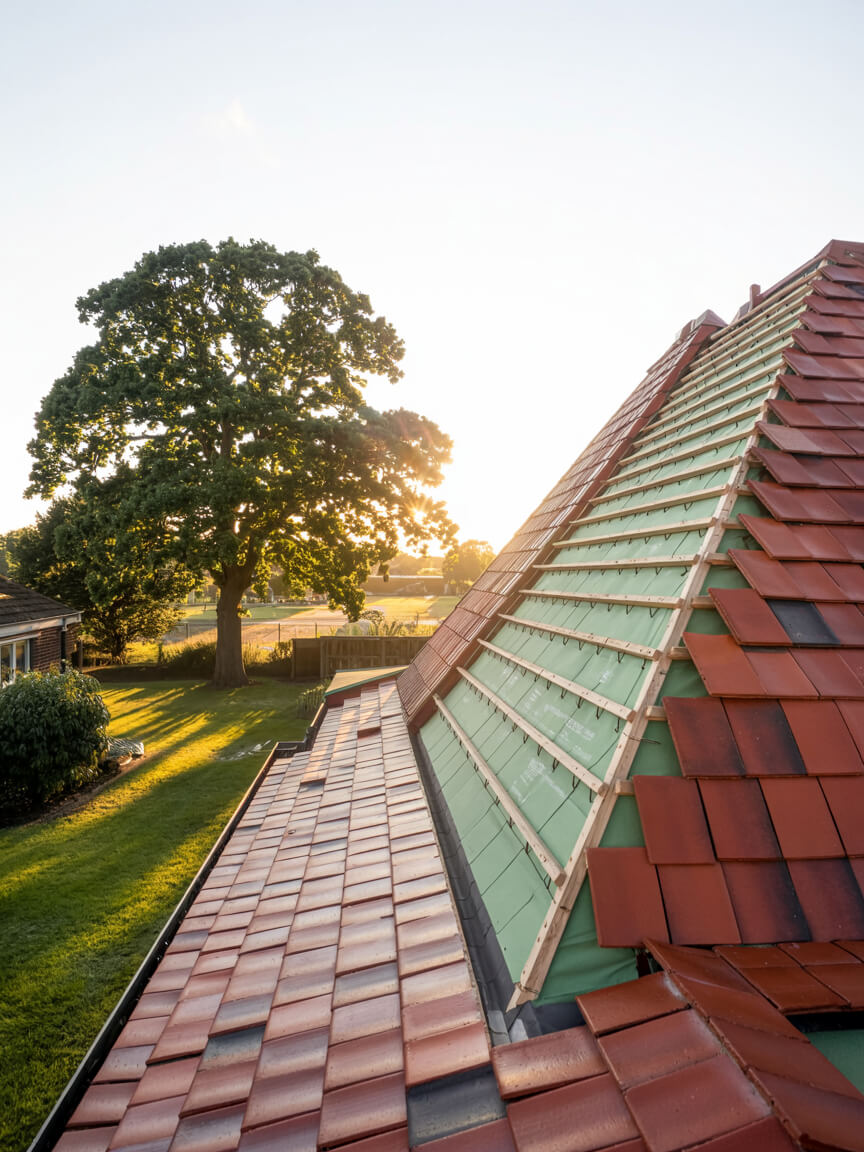
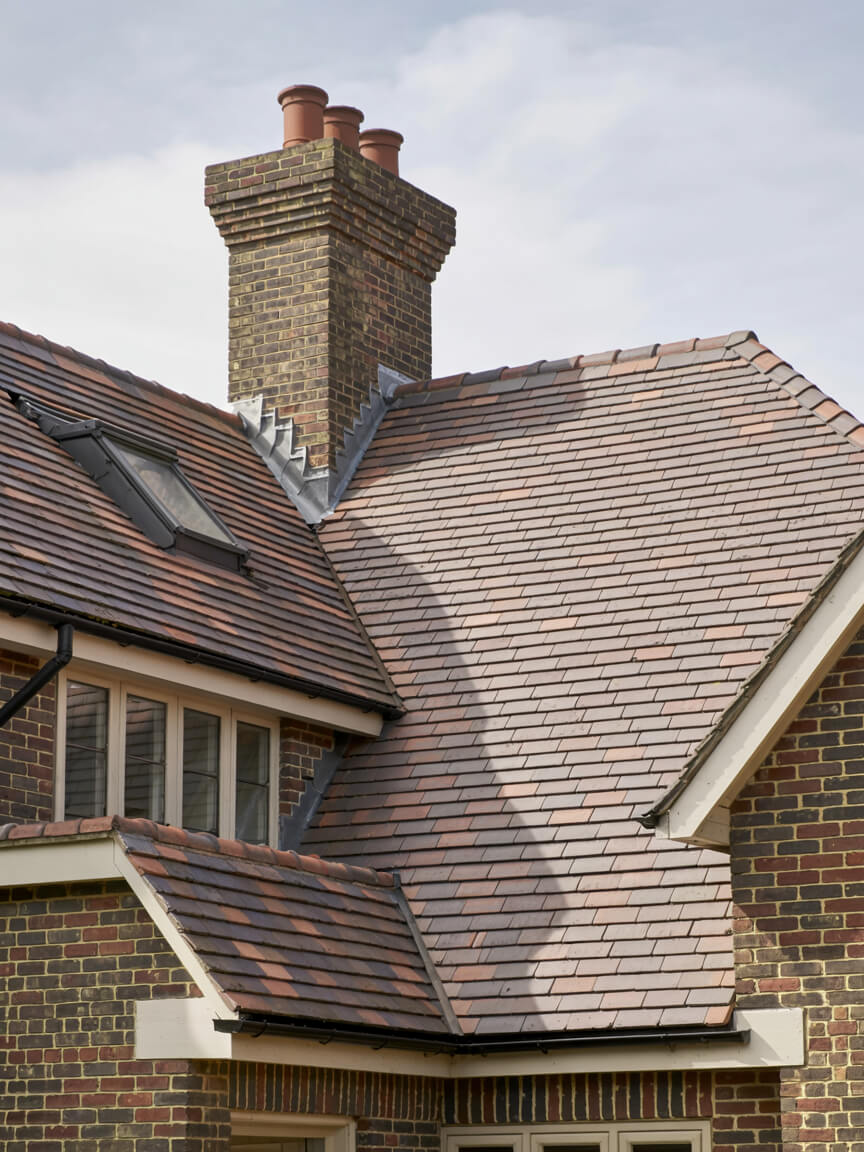
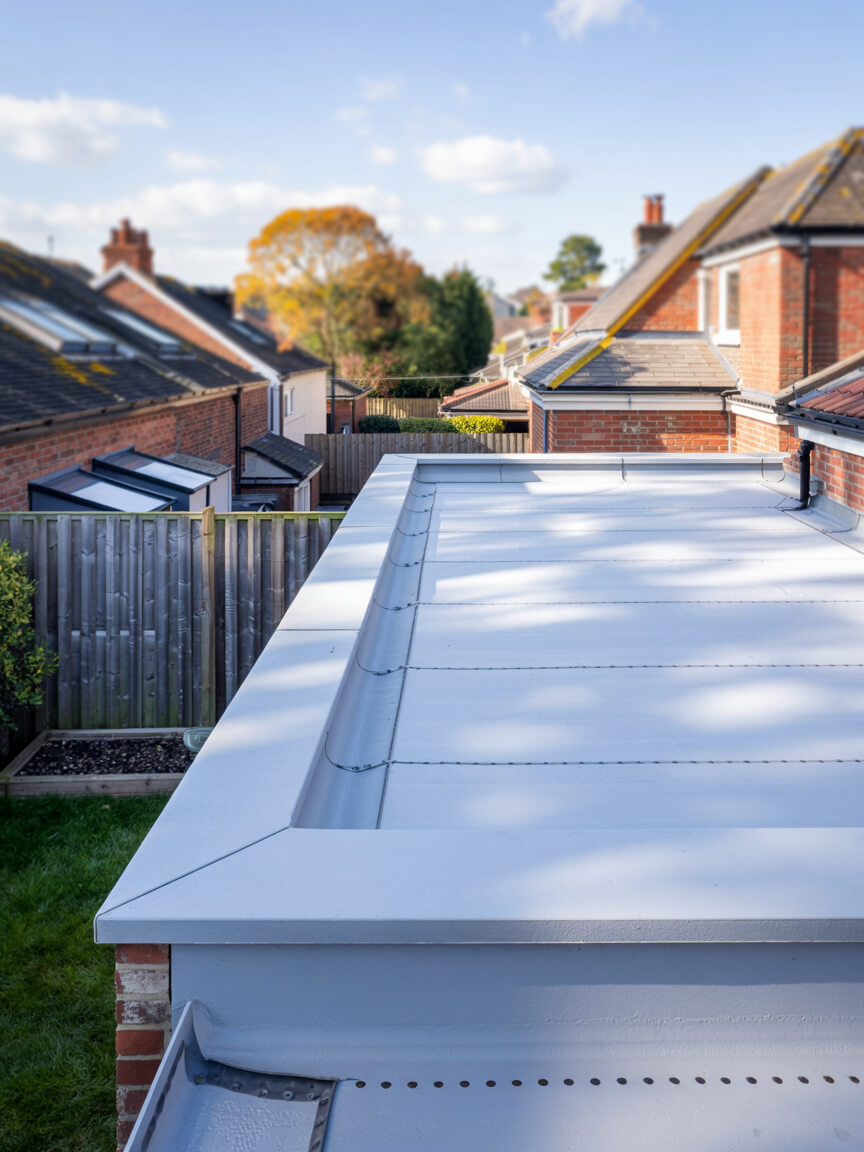
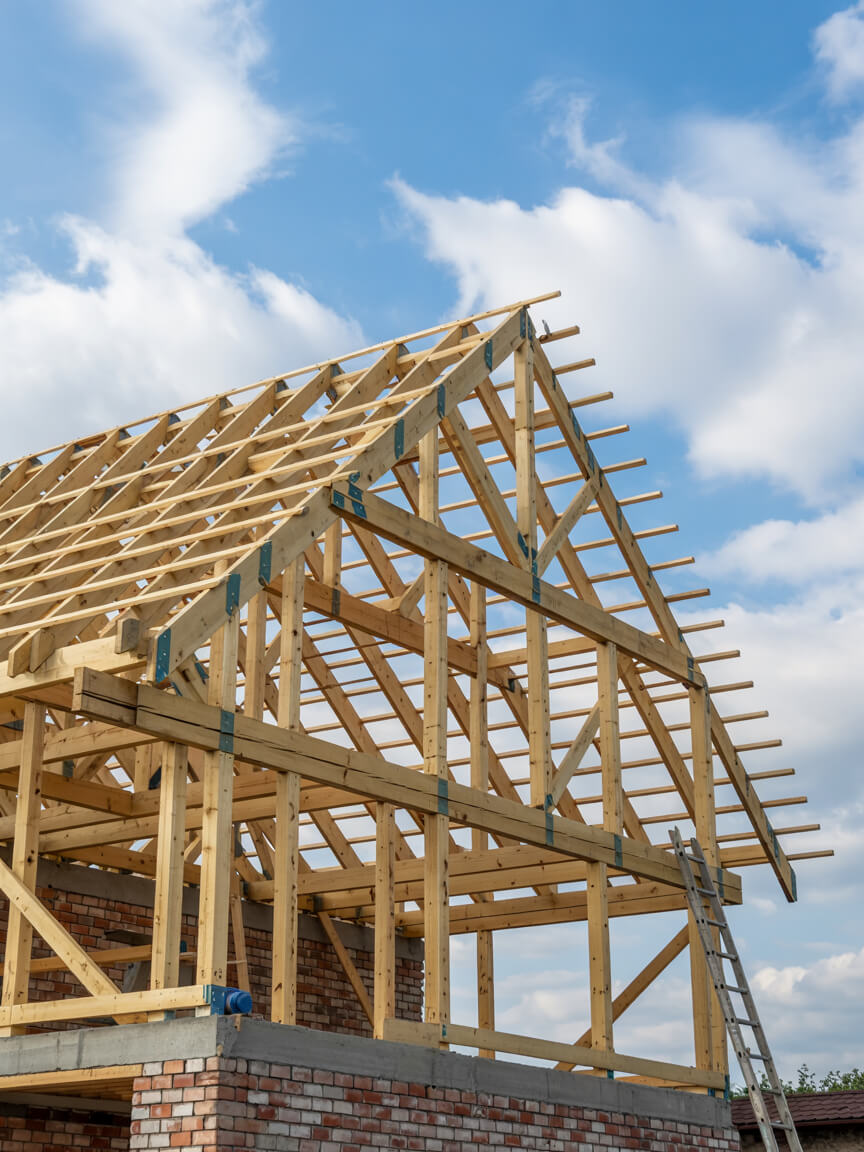
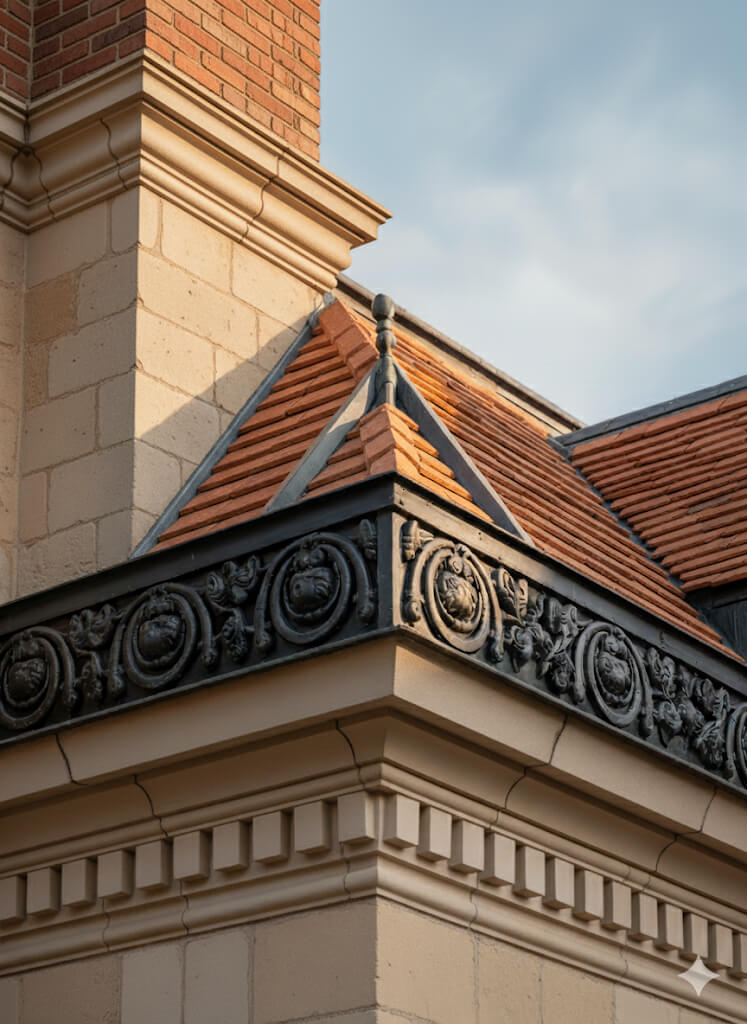
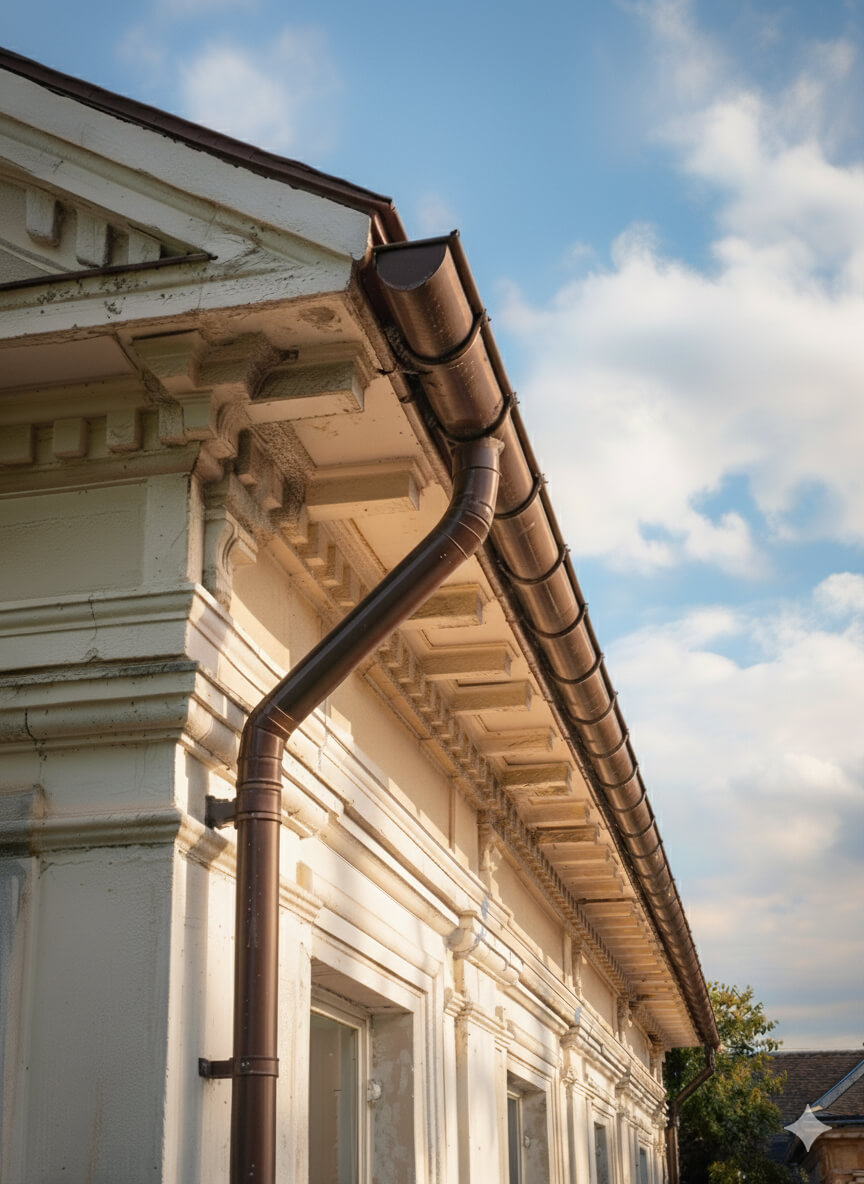

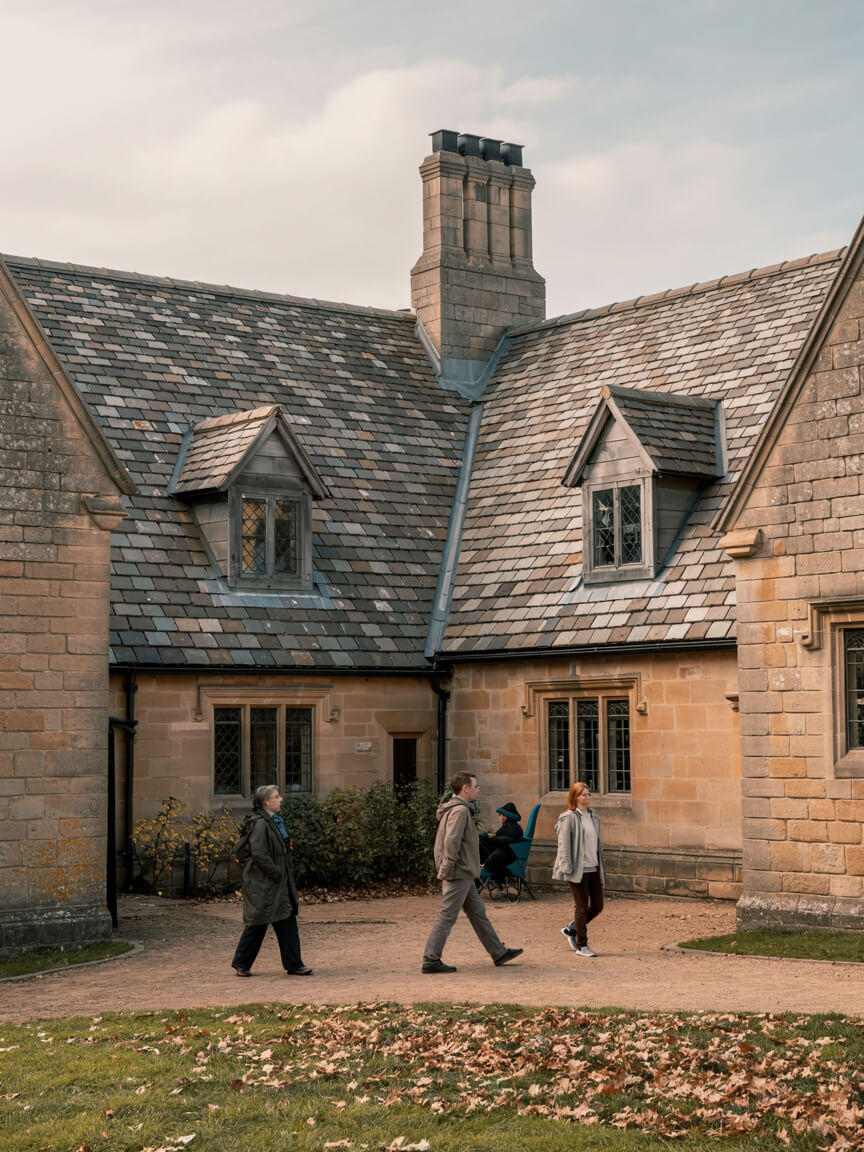
Every slate roofing project is adapted to your property’s type, roof structure, and environment. This ensures we meet regulations, minimise disruption, and deliver value that lasts. From private homes and commercial buildings to factories and listed heritage assets, our flexible approach produces results that fit your unique needs for safety, efficiency, and peace of mind.
Homes, extensions, and listed buildings.
Offices, retail, schools, and hospitality.
Warehouses, factories, and logistics sites.
Every slate roofing job—installation, upgrade, or repair—follows a proven process using durable, compliant materials. Each layer is designed for reliability, weather protection, and high-value results that last.
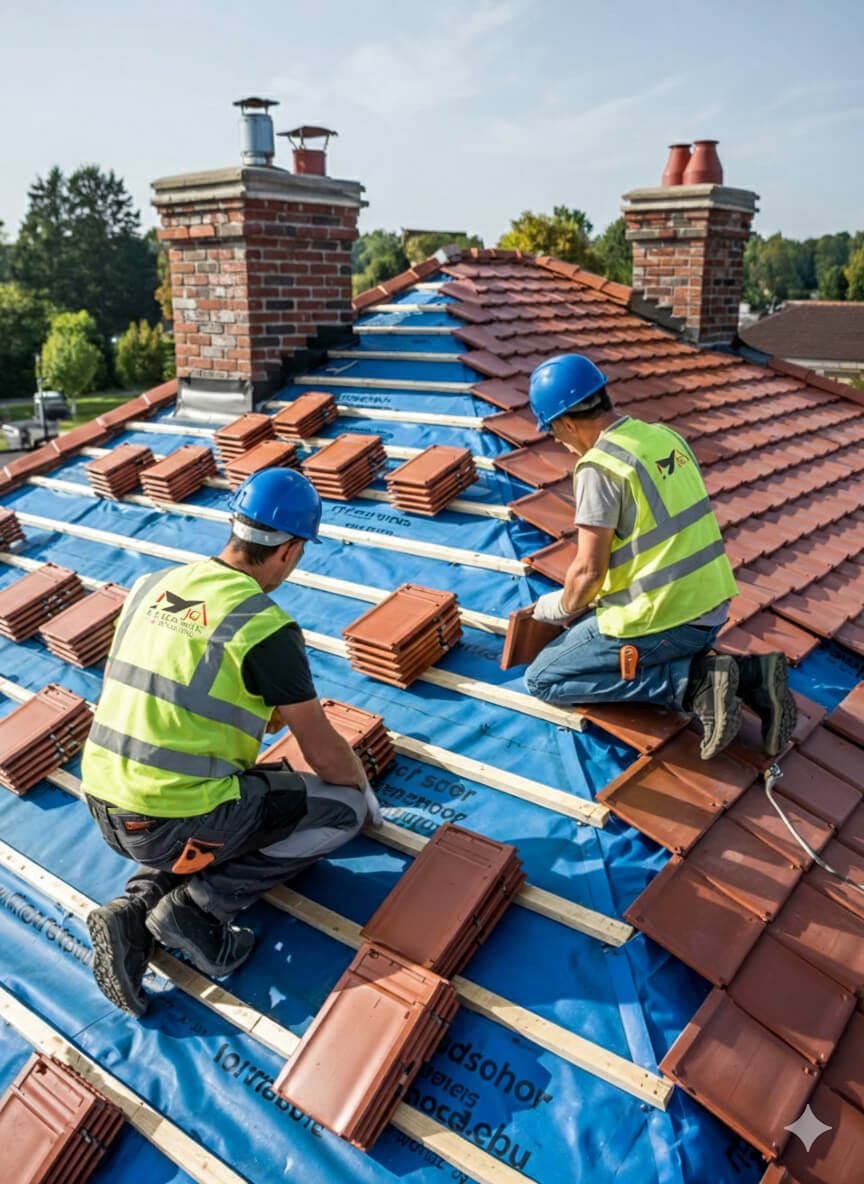
Get a free, no-obligation quote today.
Our experts are standing by to help you choose the perfect flat roofing solution.
⏱ Response within 24 hours guaranteed
Accredited by Which Trusted Trader, CITB, and approved by Kemper and Westwood, our team delivers safe, compliant, and warranty-protected slate roofing projects throughout London, Sussex, Surrey, and Kent. These credentials mean guaranteed standards—reinforced by client reviews highlighting quality, professionalism, and lasting trust.


Complete reroofing. Living in Singapore at the time and T was super responsive and communicative.
Replacement of lead box gutter and new flashing to parapet wall. I had an excellent experience using James and the team. He was very prompt in all aspects of communication and completed a first class job. Really pleased.
James completed some repairs on our roof and replaced some of our pebble dash by the roof as well. He was very thorough and fixed everything. He kept us really informed by taking photos and showing us what he did and keeping us updated. It also went onto our neighbours roof and he did the same fo...
We had a leak in our bedroom and James fixed the roof for us to stop it from leaking. All the work came with a warranty. The work that was carried out was good. James and his team were polite, and did all the work quickly and without too much interruption to our day-to-day lives. Would recommend ...
J G Leadworks have repaired and replaced the roofs and gulleys over our warehouse and workshops which have meant both areas are now watertight
James and team were incredibly responsive to my request to look at a serious leak issue on my flat roof. They did a very thorough investigation and explained in detail the issue and gave a fair quote. They were quick to book in and complete the work and have checked in afterwards a few times to m...
James was quick to respond to the initial contact and was able to work around some time constraints I had. He explained what needed doing clearly and was happy to answer follow up questions. He took pictures to show each stage and I feel confident in the work that was done by James and the team. ...
JG Roofing were very easy to work with. Their quote was sensible and they stuck to that figure. They completed many repairs to my roof including, rebuilding a leaded gutter, reinforcing rotten rafters, rebuilding a long felted gutter and felting parapet walls, resurfacing and felting a flat roof,...
Planning and legal checks protect you from costly errors, delays, and non-compliance, ensuring every roofing project meets all regulatory requirements.
Permission is needed for listed properties, conservation areas, or major roof changes. All projects must meet Building Regulations, including structural safety and energy efficiency, for a legal, future-proof result.
Our team manages the whole process: surveys, documentation, and liaising with local authorities. On homes or heritage sites, we ensure every installation is safe, legal, and stress-free—giving you complete peace of mind.

Every project unites skilled workmanship with rigorously tested materials.
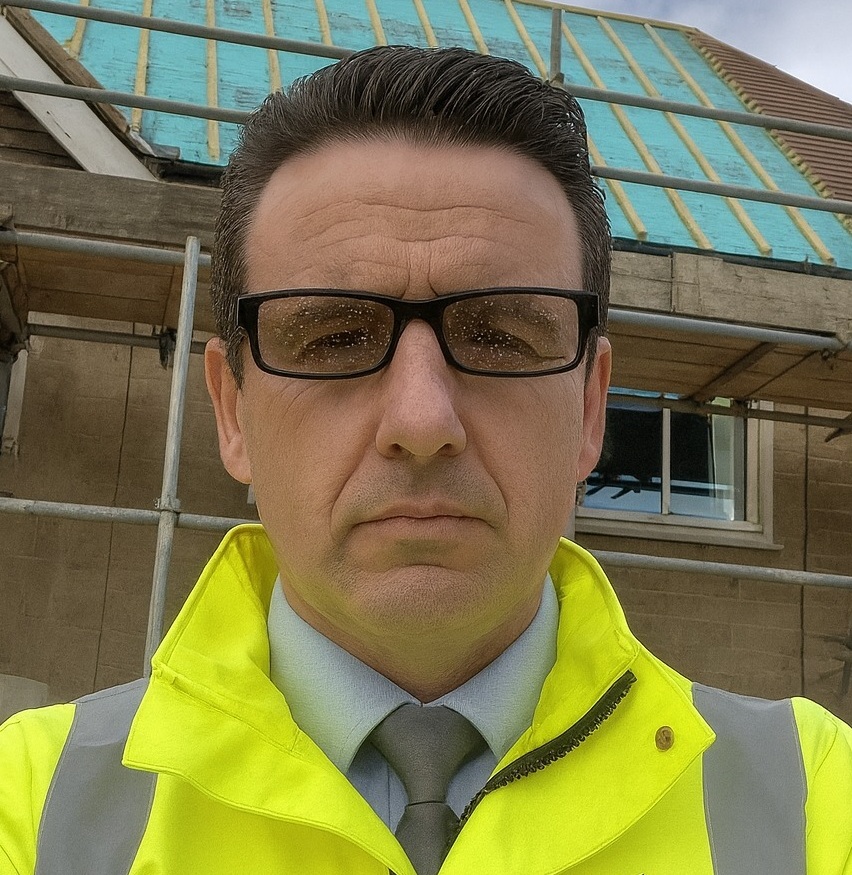
With 25 years of experience in lead sheet roofing, James is a trusted expert in heritage roofing, slate, and tiling. His knowledge of traditional methods, paired with modern compliance, makes him a go-to specialist for projects that demand both craftsmanship and durability.
Slate roofing for houses across London, Sussex, Surrey, and Kent provides lasting protection, efficiency, and value—delivering durable, compliant roofing solutions that safeguard every property investment.
Selecting slate roofing for your property comes down to balancing durability, budget, compliance, and appearance to achieve the best fit for your home or building.
Why Clients Choose JG Leadwork and Roofing
With decades of trade experience, our teams understand the unique demands of London and Home Counties roofing. From heritage-listed properties to contemporary extensions, we adapt solutions to local regulations, weather conditions, and architectural styles with precision.
Accredited by Which Trusted Trader, CITB, and approved by Kemper, Westwood, IKO, ALM, and other leading suppliers.
These credentials guarantee safety, compliance, and access to manufacturer-backed warranties, giving clients peace of mind that their project meets the highest professional standards and benefits from warranty protection.
Our heritage projects use Welsh Slate and handmade clay tiles for authenticity, while leadwork is delivered to Lead Sheet Association (LSA) standards. Commercial installations employ Kemper and Westwood liquid systems for durability and efficiency. Each example demonstrates our reliability, blending traditional craftsmanship with modern performance.
Our workforce includes skilled roofers, heritage specialists, and safety-certified installers.
Every roofer holds NVQs, receives ongoing CPD training, and is qualified in both modern flat systems and traditional techniques, including slate and leadwork.
Team structure ensures projects run smoothly—surveyors identify needs, installers deliver with precision, and supervisors oversee compliance. This approach minimises disruption, accelerates timelines, and guarantees consistent quality across residential, commercial, and industrial roofing projects.
Every project is regulation-compliant, warranty-backed, and focused on long-term results.
Client testimonials and case studies confirm our track record, with projects praised for professionalism, durability, and customer support.
We go beyond installation with aftercare packages, maintenance support, and open communication at every stage. Property owners gain reassurance that JG Leadwork and Roofing stands behind its work. Book a free survey today and discover why homeowners, landlords, and businesses trust us with their roofing.

Get a free quote, rapid response, and expert service across London and the Home Counties. Contacting JG Leadwork and Roofing is your simple first step to dependable roofing solutions.
We source materials from leading suppliers including Supreme and IKO felt systems, Kemper, Westwood and Proteus liquid systems, Welsh Slate, handmade clay tiles, ALM Lead Mills, and Nicholson Air Track. These trusted brands guarantee durability, compliance, and warranty-backed performance across flat, pitched, heritage, and commercial roofing projects.
.
.
For homes, Slate Roofing for Houses in London, Sussex, Surrey & Kent safeguards comfort and enhances kerb appeal with durable, energy-efficient systems. Whether modern extensions or traditional pitched roofs, tailored solutions improve living standards and protect property value.
For businesses, Slate Roofing for Houses in London, Sussex, Surrey & Kent delivers cost-effective, large-scale installations with minimal disruption. Projects are planned around operations, with safety compliance, energy performance, and flexible scheduling built in—supporting offices, retail, schools, and industrial facilities with reliable, regulation-ready outcomes.
For heritage properties, Slate Roofing for Houses in London, Sussex, Surrey & Kent combines authentic materials such as Welsh slate, handmade clay tiles, and ALM lead with skilled conservation techniques. Listed building consent and conservation requirements are fully managed, ensuring traditional character is preserved while integrating modern weatherproofing. This careful balance provides long-term durability without compromising historic integrity or aesthetic value.
JG Leadwork and Roofing delivers Slate Roofing for Houses in London, Sussex, Surrey & Kent across housing, commercial, heritage, and public sectors. Every industry comes with unique requirements, from safety and compliance to efficiency and conservation. Our adaptability ensures projects are delivered with precision and professionalism—whether safeguarding homes, supporting business continuity, preserving history, or protecting critical public and healthcare facilities.
Durable roofing installed with minimal disruption, ensuring safe, regulation-compliant workspaces for staff and visitors.
High-standard, compliance-focused solutions protect community facilities while meeting strict safety and regulatory obligations.
Heavy-duty roofing tailored for wide spans, ventilation, and long-term maintenance efficiency.
Authentic materials and sensitive methods preserve historic character while adding modern protection.
Weatherproof systems that enhance kerb appeal and guarantee uninterrupted trading for outlets.
Tailored roofing improves guest comfort, safety, and ambience across hotels, restaurants, and venues.
Safe, durable systems designed for schools and universities with minimal learning disruption.
Specialist roofing solutions built for hygiene, safety, and regulatory compliance in medical environments.
Our team of NVQ-qualified roofers, LSTA-trained specialists, and health & safety-compliant professionals bring decades of combined experience. Every project is delivered with meticulous attention to detail, ensuring safe practices and consistent quality across flat, pitched, heritage, and commercial roofing disciplines.
Expertise includes heritage leadwork, slate and tile roofing, modern flat systems, and drone-assisted roof surveys. Ongoing CPD training ensures adaptability to both traditional craftsmanship and the latest innovations—giving clients confidence that every roof is built or repaired with proven skill and care.

A thorough survey highlights existing issues, structural considerations, and upgrade opportunities, ensuring the best-fit solution is identified from the very beginning.
Transparent, itemised quotes detail costs, timelines, and materials—giving you complete clarity and confidence before work starts, with no hidden surprises.
Scaffolding, access solutions, and robust safety measures are put in place to safeguard both property and people throughout the project.
Skilled roofers complete the work using accredited materials and proven techniques, delivering durable, compliant results while keeping disruption to a minimum—whether for repairs, replacements, or new installations.
Each stage is inspected against manufacturer standards and Building Regulations, with photographic documentation provided for transparency and peace of mind.
Each stage is inspected against manufacturer standards and Building Regulations, with photographic documentation provided for transparency and peace of mind.
In a competitive roofing market, many providers look the same on paper. JG Leadwork and Roofing stands out through proven expertise, accredited methods, and specialist techniques. Our combination of traditional craftsmanship and modern technology makes us the safer, smarter choice across residential, commercial, industrial, and heritage projects.
In a competitive roofing market, many providers look the same on paper. JG Leadwork and Roofing stands out through proven expertise, accredited methods, and specialist techniques. Our combination of traditional craftsmanship and modern technology makes us the safer, smarter choice across residential, commercial, industrial, and heritage projects.

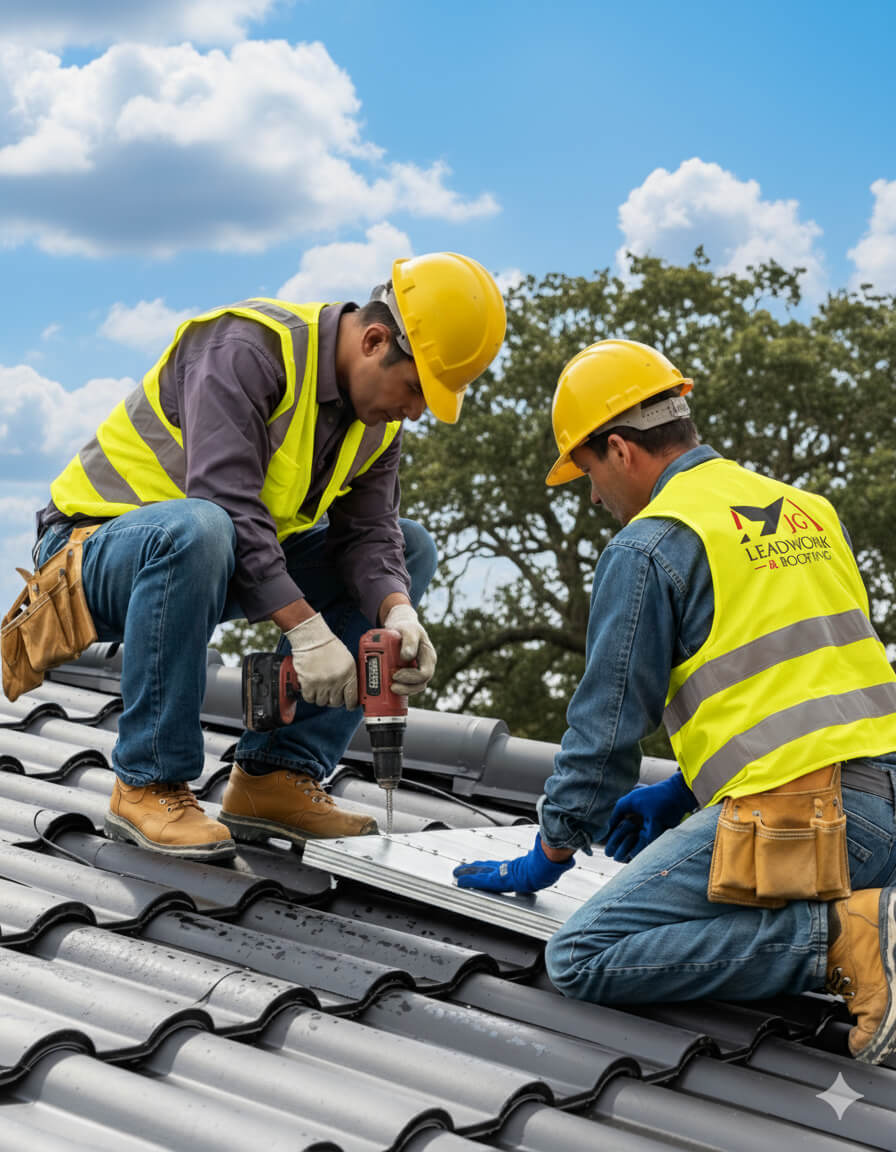
At JG Leadwork and Roofing, every project follows a structured QA process. Each stage—materials, installation, safety, and final sign-off—is measured against manufacturer specifications and UK Building Regulations to ensure durability, compliance, and warranty-backed performance across all roofing services.
Projects are only signed off once all QA checks are complete, giving clients confidence in long-term performance, structural safety, and insurance-backed peace of mind.
Every Slate Roofing for Houses in London, Sussex, Surrey & Kent project by JG Leadwork and Roofing is delivered in strict alignment with UK Building Regulations and recognised frameworks. This ensures structural safety, energy efficiency, durability, and protects warranties and insurance coverage across residential, commercial, industrial, and heritage properties.
Clients can be confident their project is completed legally, safely, and insurance-ready—delivering long-term performance, compliance assurance, and complete peace of mind.
Property owners often wonder about Slate Roofing for Houses in London, Sussex, Surrey & Kent—from costs and timescales to permissions. Below, you’ll find straightforward, trustworthy answers to the most frequent and practical queries.
Water ingress after heavy rainfall is a serious concern for property owners as it can lead to interior damage, ongoing damp, increased heating costs, or even compromise the structural integrity of your building. Not only are leaks disruptive, but the root causes are often complex, requiring a clear understanding to resolve them swiftly and prevent recurrent problems. Here’s how various technical and environmental factors can play a role in leakage following heavy rain, and why identifying these elements early is crucial for anyone responsible for residential or commercial roofs in London, Sussex, Surrey, or Kent.
The most frequent cause of post-rain leakage is the physical failure of the roof’s primary waterproofing layer—whether slate, clay tiles, or flat roof membrane. Over years, slates and tiles are subject to cracking, slipping, or delamination (splitting into layers). This is made worse by freeze–thaw cycles: moisture becomes trapped in tiny imperfections, expands on freezing, and worsens cracks. Flat roofs can suffer from membrane shrinkage or brittleness, leading to splits and blisters. Visual red flags include cracked or slipped slates, bald patches on felt, and, internally, brown stains on ceilings or walls after storms. If left untreated, water finds its way under the surface layer, which can decay timber battens, damage insulation, and in the worst case, collapse ceilings or facilitate mould growth.
Flashings—strips of lead, zinc, or prefabricated material fitted at roof bumps or junctions—are another common failure point. When flashings are poorly installed, degrade over time, or become loose due to wind uplift or thermal movement (expansion and contraction from heat and cold), rain can find its way through even tiny openings. Over years, exposure can cause corrosion, especially with metals. Capillary action means water can travel sideways or upwards through narrow gaps, so leaks frequently appear away from their exact origin. Warning signs are wall damp patches, peeling paint near junctions, or persistent musty odours below. Spotting such faults early is vital, as ongoing leaks here can erode masonry and drive long-term structural damp.
Leak risks aren’t only due to visible defects. Flat roof ponding—when water pools for more than 48 hours—points to inadequate roof fall (angle). UK standards call for a minimum slope of 1:80 on new flat roofs, but older roofs may dip or sag over time, or suffer blocked drains. Ponding accelerates membrane deterioration and increases leak likelihood. On pitched roofs, poor ventilation or patchy insulation often leads to interstitial condensation: warm, moist air condenses when it hits a cool slate or tile from below, leaving persistent damp in timbers with no obvious exterior leak. Key indicators are water droplets in the loft, peeling underlay, or a damp, earthy smell after rain. In line with UK Building Regulations Part L, modern standards mandate a balance of insulation and ventilation to tackle both condensation and energy loss.
Effective diagnosis involves visual and technical approaches. For pitched roofs, a professional inspects from the ground and at the eaves for missing, cracked, or displaced tiles and slates, and closely examines the state of flashing. Internally, moisture metres help track the route and extent of ingress that might not yet be visible as surface staining. Flat roof specialists may use borescopes (tiny cameras inserted via small openings) or drones to check membrane and outlet condition. On larger projects or if hidden decay is suspected, core samples may be taken to check for unseen timber or insulation rot.
| Root Cause | Symptom After Rain | Risk if Ignored | Indicative Remedy |
|---|---|---|---|
| Slipped/cracked slate/tile | Ceiling stains | Timber rot, heat loss | Replace slate/tile, repair battens |
| Failed flashing or abutment | Wall damp spots | Masonry erosion, damp | Reseal or replace flashing |
| Ponding from blocked drains or sag | Ponded flat roof | Membrane failure risk | Clear outlets, re-level falls |
| Poor ventilation/insulation | Loft damp odour | Mould, persistent rot | Improve vents, upgrade insulation |
Understanding the specific root cause behind rain-related leaks enables property owners to act decisively, target repairs accurately, and avoid escalation into major structural or health issues.
The cost difference between slate and tile roofing in London, Sussex, Surrey, and Kent is shaped by a blend of materials, labour, regulatory compliance, and site-specific concerns. For property owners and project managers, understanding these drivers is essential for accurate budgeting, planning approval, and long-term durability—especially given the region’s mix of period homes and modern builds. A clear view of each factor ensures informed choices that account for both immediate spend and lifecycle value.
The roofing material itself is the starting point for price differences. Natural slate—often Welsh or Spanish—commands a higher price, thanks to its proven longevity (80–100 years), low water absorption, and distinctive appearance. By contrast, concrete or clay tiles are typically less expensive up front and come in a range of profiles. However, their lifespan (20–60 years) and maintenance needs result in a different long-term cost profile, especially when comparing heritage or conservation requirements. Local councils may even mandate authentic materials in listed or conservation settings, affecting both choice and price.
A quick overview (2024, supply only):
| Material | Cost per m² | Typical Lifespan |
|---|---|---|
| Slate (UK/Spain) | £30–£60 | 80–100 years |
| Clay Tile | £15–£35 | 40–60 years |
| Concrete Tile | £10–£25 | 20–40 years |
Material choice impacts not just the initial quote, but also long-term value, appearance, and regulatory approval in protected areas.
Building regulations set important benchmarks. BS 5534 defines modern requirements for structural support, wind resistance, and secure fixing for both slates and tiles. This means older properties often need upgrades in battens, fixings, and underlays when re-roofing. For slate, precise nailing and increased attention to batten spacing may add cost, especially on complex roof shapes or in exposed locations.
Meanwhile, Part L—focusing on energy efficiency—requires that re-roofing achieves certain insulation metrics, measured as U-value (the rate heat passes through materials; lower numbers are better). This typically involves upgrading insulation between rafters, adding boards, or improving vapour control layers. These upgrades are mandatory for most major roof works, adding both immediate cost and future savings on energy bills.
Both supply costs and fitting time factor into final pricing. Installing slate is more labour-intensive; each piece is individually fixed, often with bespoke cuts and secondary tasks such as leadwork. Specialist skills are crucial—especially on historic buildings—so rates are higher. Tiles, particularly modern interlocking types, can be laid more quickly, requiring less specialist knowledge and reducing project time.
Regional factors in London and the South East—such as higher trade rates, limited property access, and stricter health and safety enforcement—often add premiums. Conservation projects may mean carefully removing, storing, and reusing existing slates, all of which increase labour time and overall cost.
Where a property sits—urban, rural, coastal, or in a designated conservation area—can have a marked impact. London projects can be more expensive due to scaffolding limits, parking challenges, and local wage levels. Homes near the coast or in windy areas may require thicker or more securely fixed slate and additional weatherproof detailing. Local planning controls may only allow traditional slates in conservation or heritage areas, with permitted development rights sometimes restricted.
To arrive at a fair market assessment, property owners should:
Working through these factors with surveyors or specialist roofers ensures that all decisions are built on transparent cost, regulatory, and durability evidence—helping secure the right outcome for your property’s needs.
Slate and tile roofs are valued for their long life and visual appeal, but their performance depends on a disciplined approach to maintenance. For homeowners, landlords, facility managers, and heritage custodians in London, Sussex, Surrey, and Kent, understanding these routines helps prevent costly structural problems, avoids insurance headaches, and keeps both newer and historic properties safe. Regular checks ensure that a small issue never escalates into a large, disruptive repair or a threat to the building’s fabric.
Regular inspection is the basis of all slate and tile roof care. Most UK properties benefit from a visual check twice a year—typically each spring and autumn—to catch issues after wet, windy winters or summer heat. Inspections should focus on:
Professional surveys, often using binoculars or drones for safety, are best for steep, fragile, or hard-to-access roofs.
Maintenance requirements shift according to property type, location, and the surrounding environment.
Difficult access (e.g., narrow roads, height, or fragile period features) can make DIY checks impractical. In these cases, a professional, scheduled routine is more reliable and safer.
Well-timed preventive measures preserve roof performance and cut costs long term.
A small, planned repair costs far less than an emergency call-out after a leak damages timbers or interiors.
Material choice influences how often checks are needed and how roofs perform in the long term. The table below summarises typical expectations:
| Material | Typical Lifespan | Inspection Frequency | Maintenance Needs |
|---|---|---|---|
| Slate | 80–100 years | Every 5 years | Replace cracked/slipped slates; clear moss/gutters |
| Clay Tile | 50–80 years | Every 3–5 years | Replace damaged tiles; repoint lime mortar |
| Concrete Tile | 40–60 years | Every 3–5 years | Similar to clay; also watch for moss and weathering |
| Felt (Flat) | 10–20 years | Every 2 years | Inspect & patch seams/edges; check for blisters or cracks |
| Liquid Applied | 20–40 years | Every 3 years | Check joints; recoat if cracking or thinning seen |
Regular, professional inspections—before and after major storms—are essential for keeping roofs in top condition, supporting insurance claims, and avoiding expensive, disruptive failures later on. Timely minor repairs are always less costly than leaving problems to grow unseen.
Choosing slate roofing in London, Sussex, Surrey, or Kent is a major investment with far-reaching financial and practical implications. Understanding cost structures, the value of warranties, and the importance of using an accredited installer ensures that you avoid hidden risks—whether you’re a homeowner, property manager, or developer. These factors not only clarify your up-front payments but also secure resale value, reduce liability, and safeguard against costly mid-life surprises.
The total outlay for slate roofing varies according to the chosen service and property complexity. Repairs such as slate replacement or patching typically range from £250 to £1,200 depending on the scale of damage, the roof’s pitch, and access conditions. Full roof replacements start near £5,000 and can exceed £15,000 for period or complex properties, reflecting premium natural slate, detailed leadwork, upgraded insulation, and precise installation. Additions like heritage-grade slate or specialist flashing further increase costs but are often required for listed or conservation properties.
| Service Type | Typical Range (UK) | Key Influences |
|---|---|---|
| Roof Repair | £250 – £1,200 | Damage extent, access, roof pitch |
| Roof Replacement | £5,000 – £15,000+ | Roof size, materials, detailing, finish |
Labour is a significant component—experienced slate roofers command higher rates due to the technical demands and regional skills required. Always compare detailed, like-for-like estimates, ensuring clarity on materials, work stages, and any allowances for scaffolding, waste, or contingency.
A genuine insurance-backed warranty is one of the strongest risk mitigations for any roofing project. Most reputable installations offer cover spanning 10 to 20 years, protecting against both material faults and installation defects. In practical terms, this means that major issues—such as premature slate cracking, slipping, or water ingress due to workmanship errors—are addressed at no extra cost. Such warranties are often a prerequisite for mortgage lenders, resale due diligence, and compliance with evolving energy standards such as Part L of UK Building Regulations.
Insurance-backed cover is structurally different from a standard builder’s guarantee: if the installer ceases trading, the warranty remains valid because it’s underwritten by an independent insurer. Comprehensive policies often cover:
Always read the warranty fine print to confirm transferability (important for resale) and to avoid exclusions that could leave you exposed.
Entrusting your property to an accredited installer is essential, not just for legitimate warranties but for legal and safety reasons. Look for evidence of specialised qualifications such as NVQ Level 2/3 in Roofing, CITB (Construction Industry Training Board) approval, or endorsement from consumer bodies (e.g., Which? Trusted Trader, NFRC, or TrustMark). Certified contractors must actively demonstrate up-to-date training, documented Health & Safety practices, and routine audit compliance.
Accreditations also ensure:
An accredited professional is less likely to take shortcuts, reducing your exposure to insurance refusal, compliance penalties, and poor workmanship that affects both value and safety.
While low quotes or rapid turnaround can be tempting, shortcuts in roofing almost always backfire. Common pitfalls include overlaying new slate onto deteriorated battens, using substandard insulation or waterproofing, skipping essential ventilation, or omitting details required for heritage compliance. Each oversight can trigger cascading issues:
The supposed savings from basic materials or quick fixes frequently pale against the expense of a premature full replacement, structural repairs, or legal actions tied to regulatory noncompliance. Always treat upfront transparency, proper materials, and formal credentials as non-negotiable when committing to any slate roofing project.